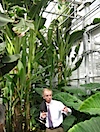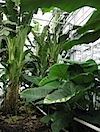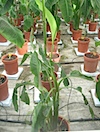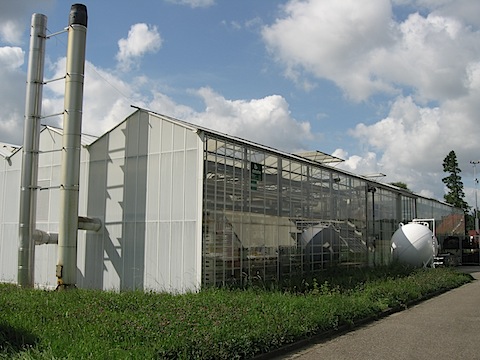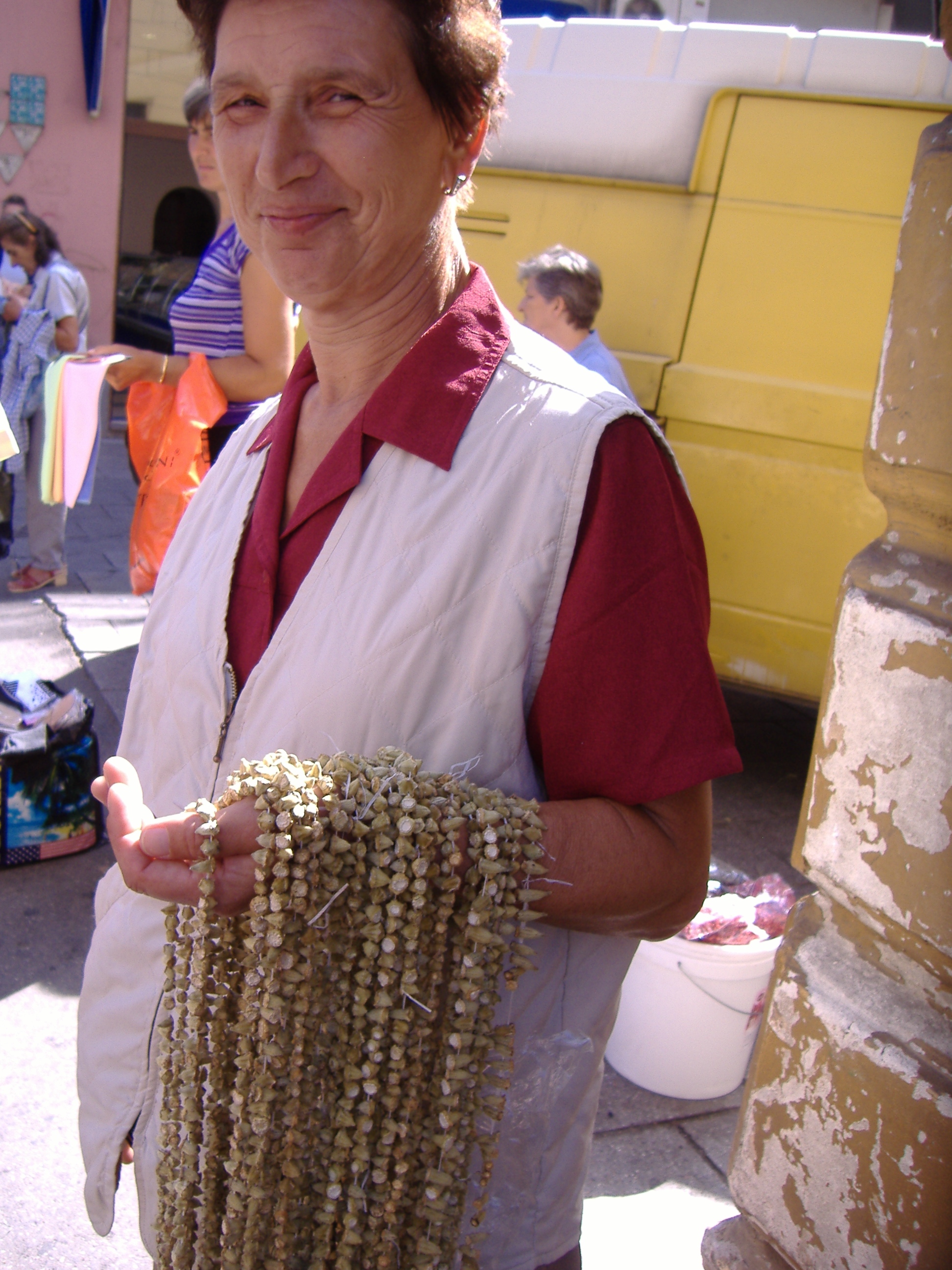A Guardian article on the evidence for large-scale feasting at Stonehenge, and in particular on the long-range movement of cattle to the site, reminded me that I had wanted to link to a more general paper about the phenomenon of Neolithic feasting. I have only had access to the abstract so far, but the paper seems to argue that feasting and agriculture went hand in hand, and that in fact the practice may have led to the domestication of cattle. Bit of a chicken-and-egg problem there, at first sight, but I’ll wait for the full text before commenting on that at any greater length. In any case, it seems that barbecues go back much further than the Neolithic.
Actually, I may as well put another marker down. Dienekes’ Anthropology Blog, my source for the feasting paper, also recently had a post about crop domestication. Again, I don’t have the full text yet, and will discuss this more fully when I do. But it seems the paper argues that there is a tension in the data on crop domestication between archaeology, which shows that the process was slow, stop-start and dispersed geographically, and the genetics, “suggesting that domestication (sic) plants are monophyletic, the result of a single domestication event in a definite place.” Well, I don’t think the genetics is saying that at all for many crops, but, be that as it may, the paper apparently presents a simulation model which shows that “multiple-origin crops are actually more likely to result in monophyly than single-origin ones.”
